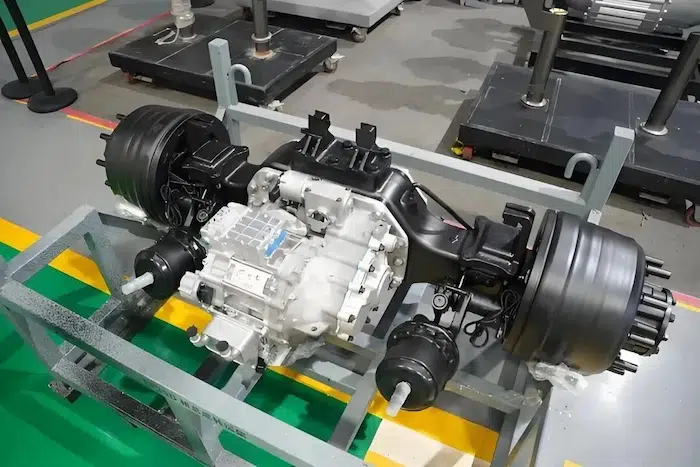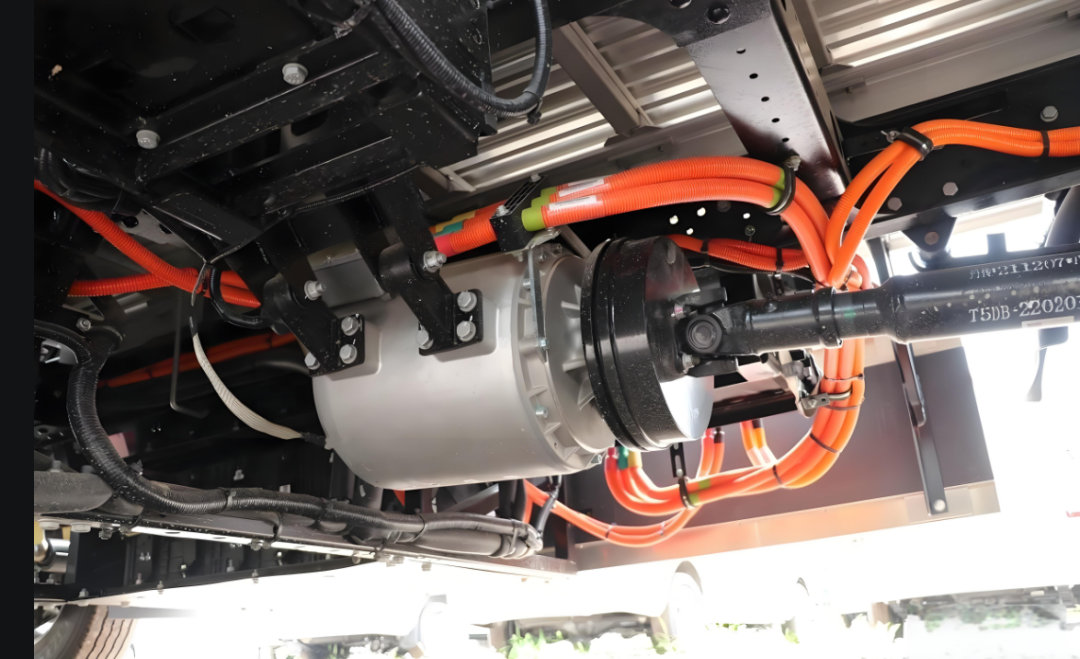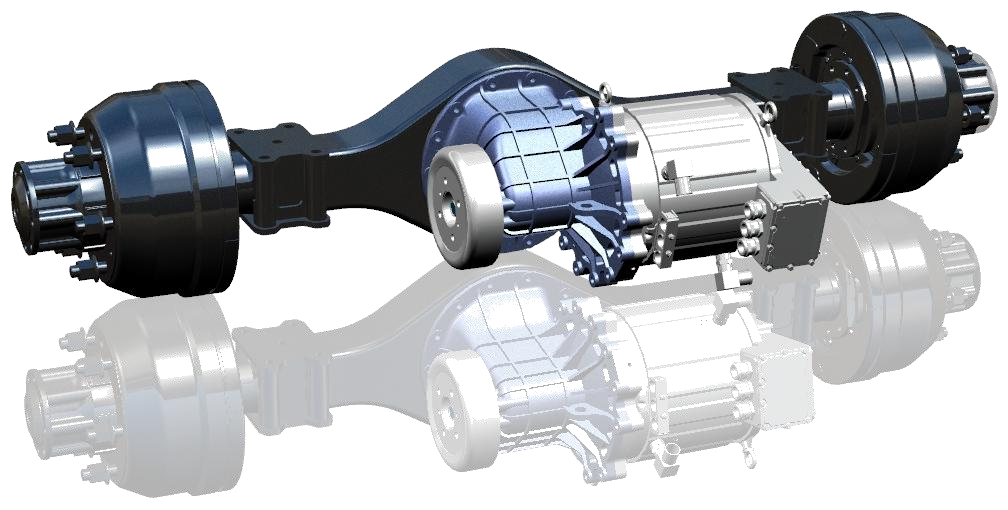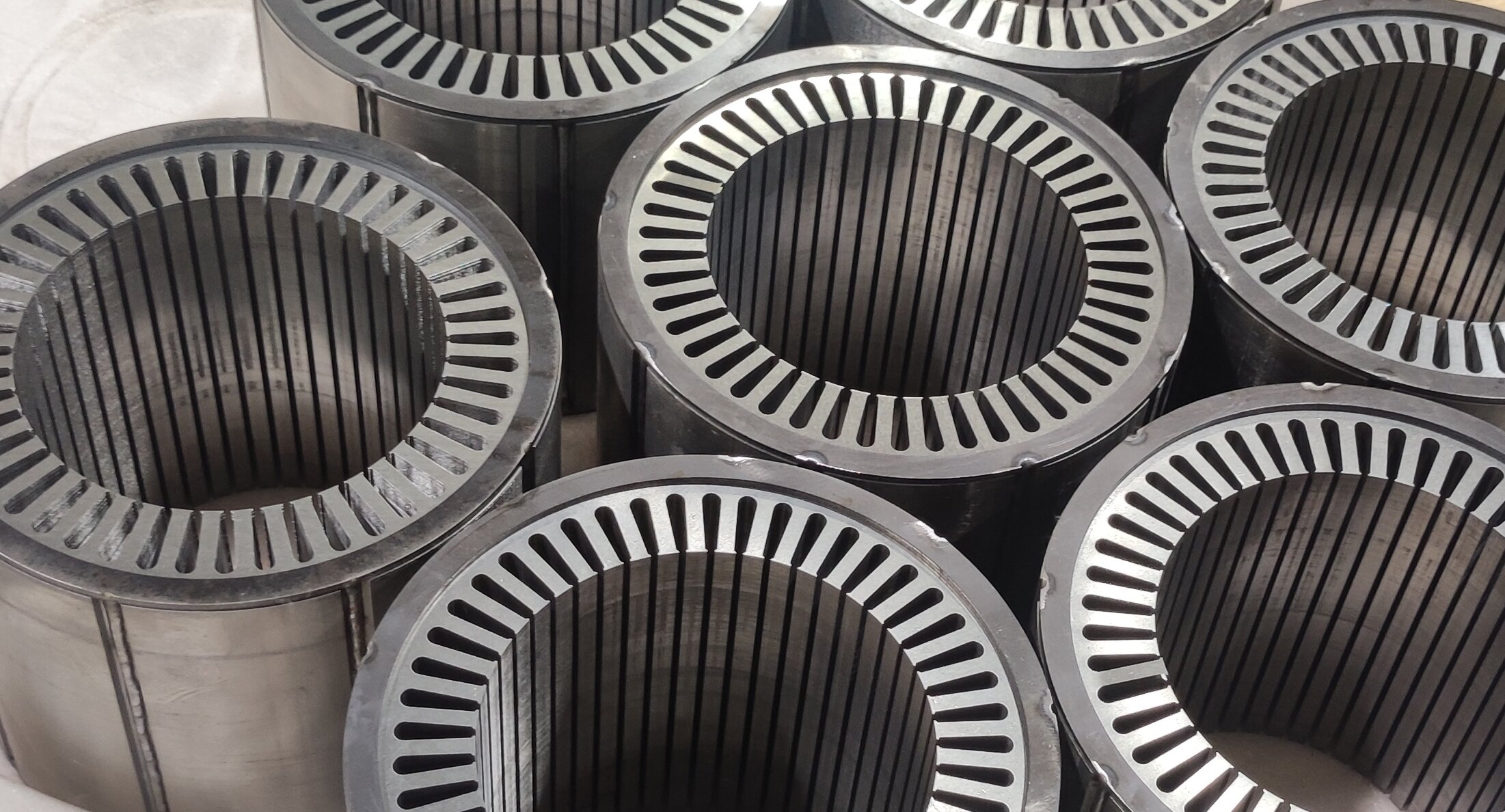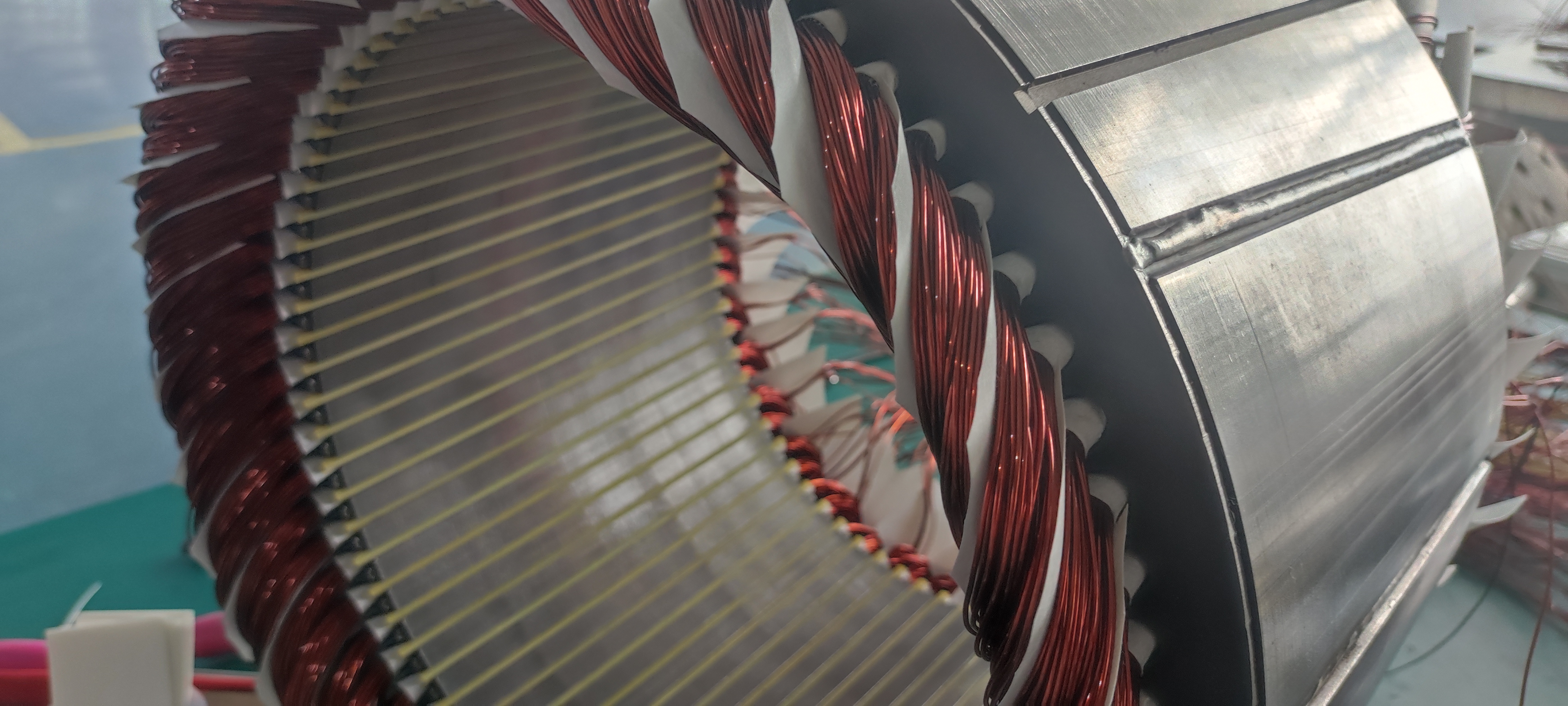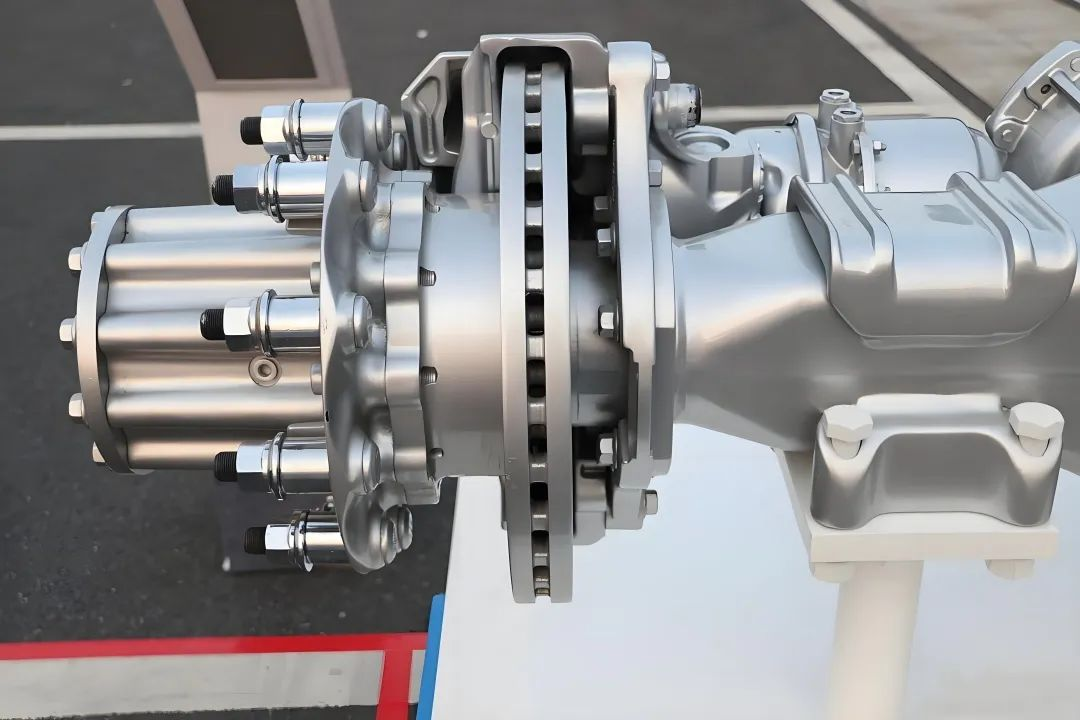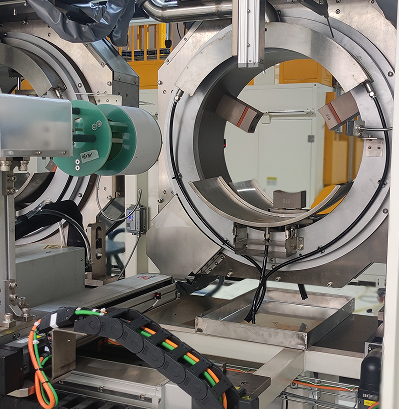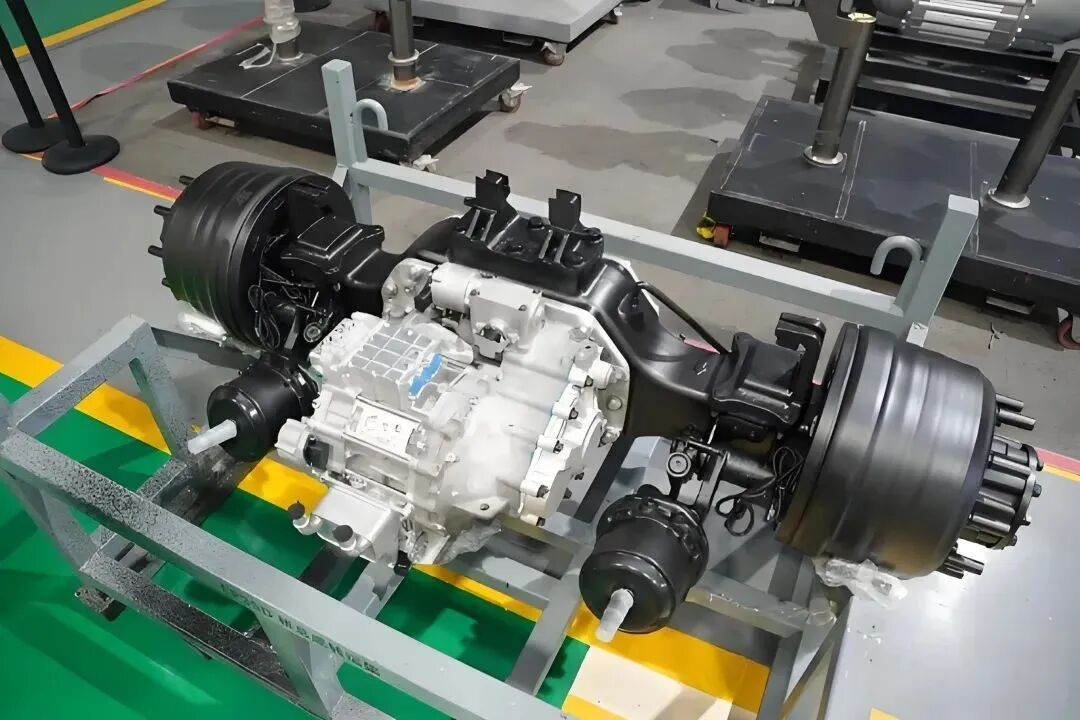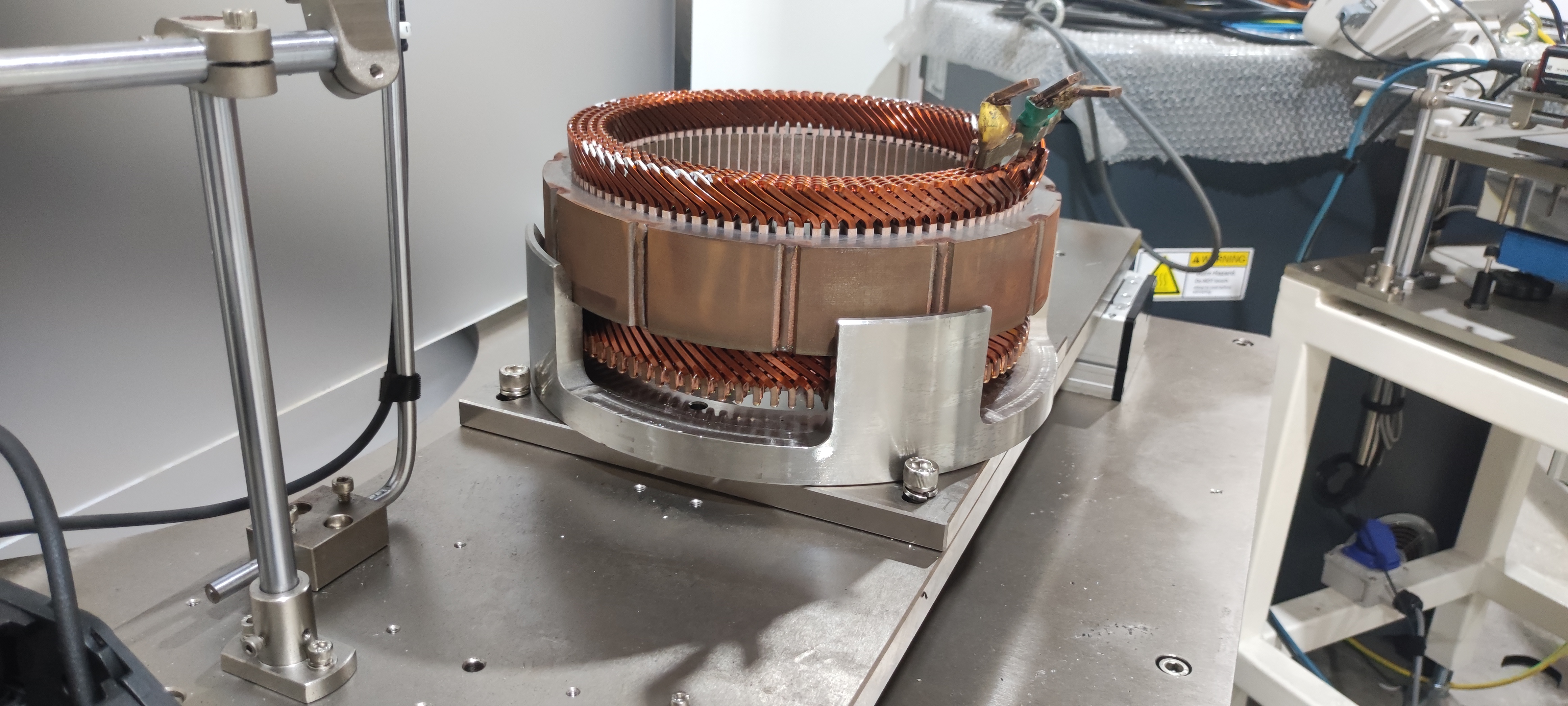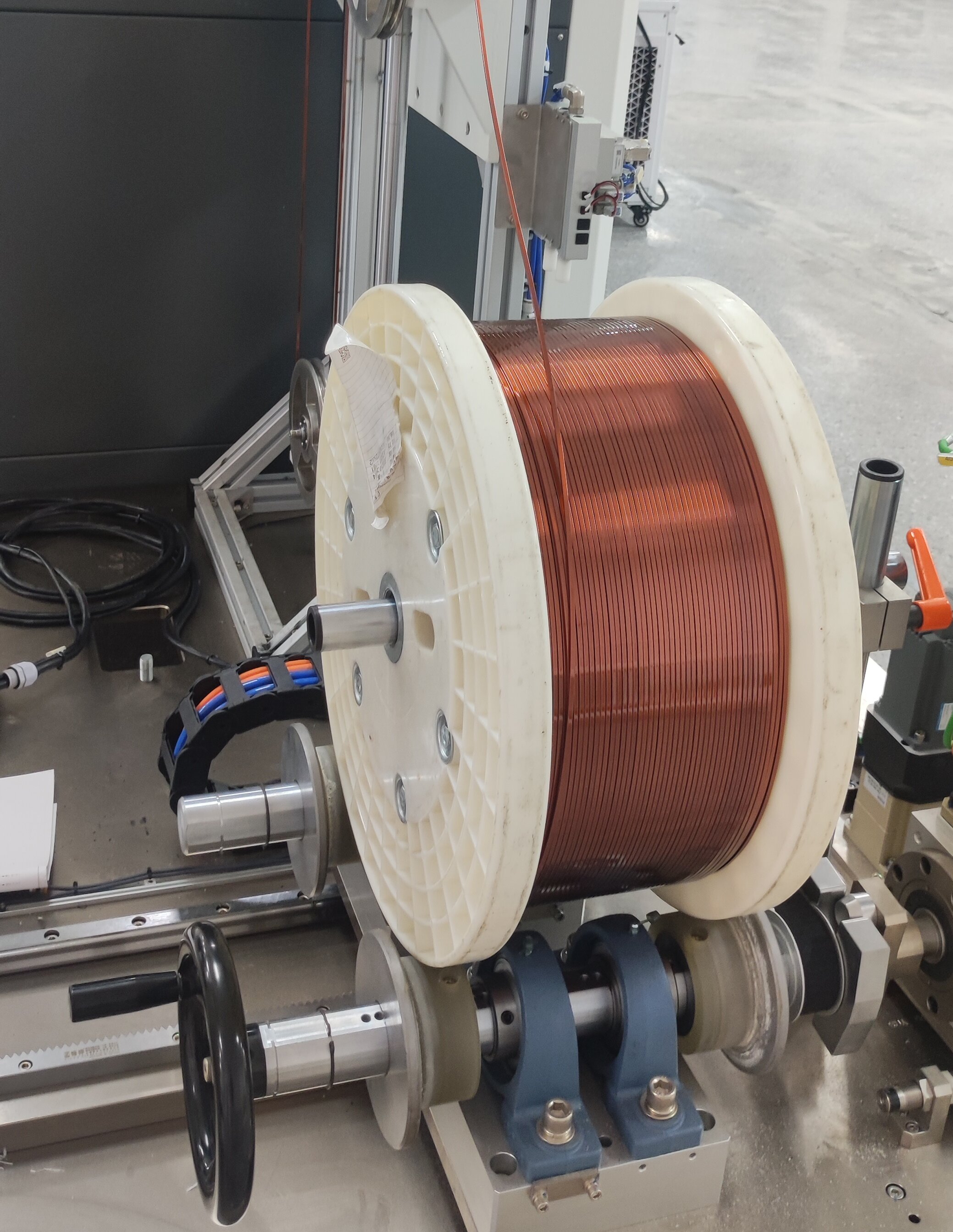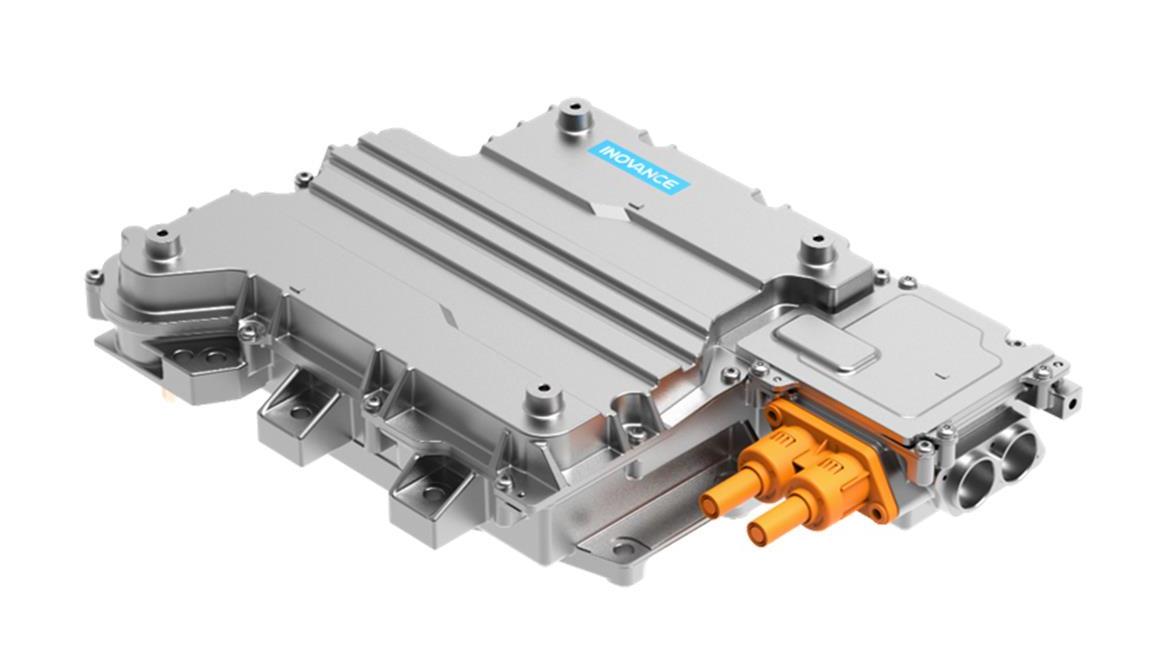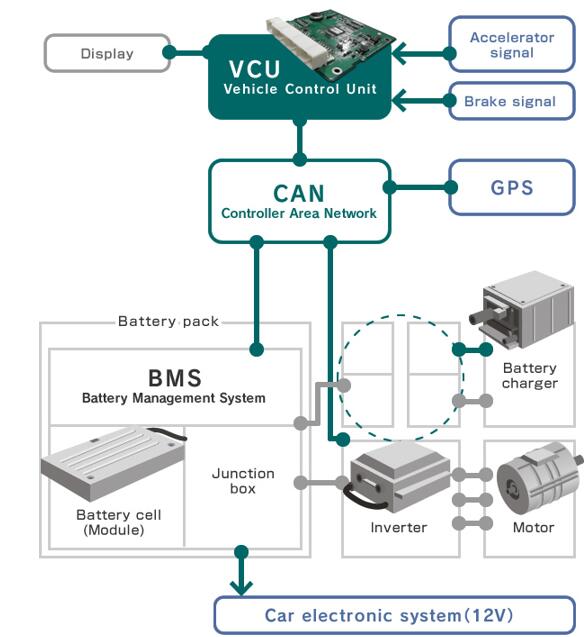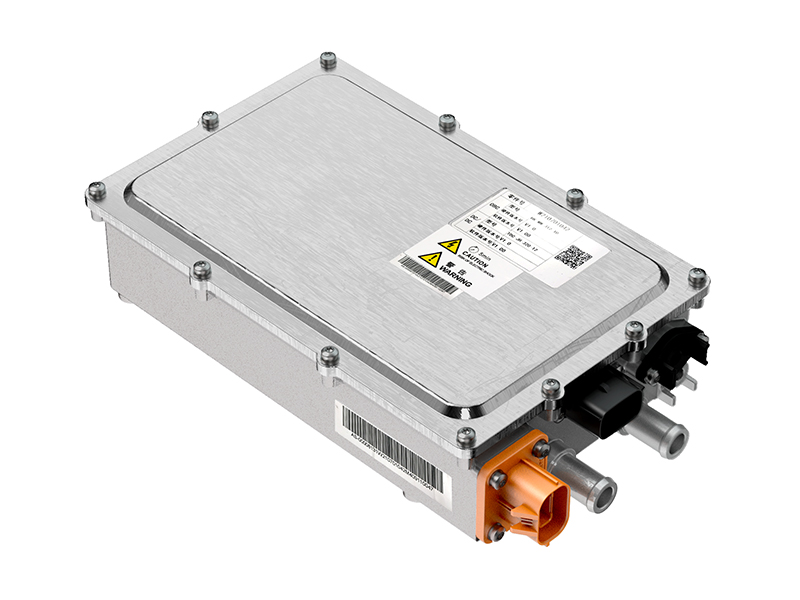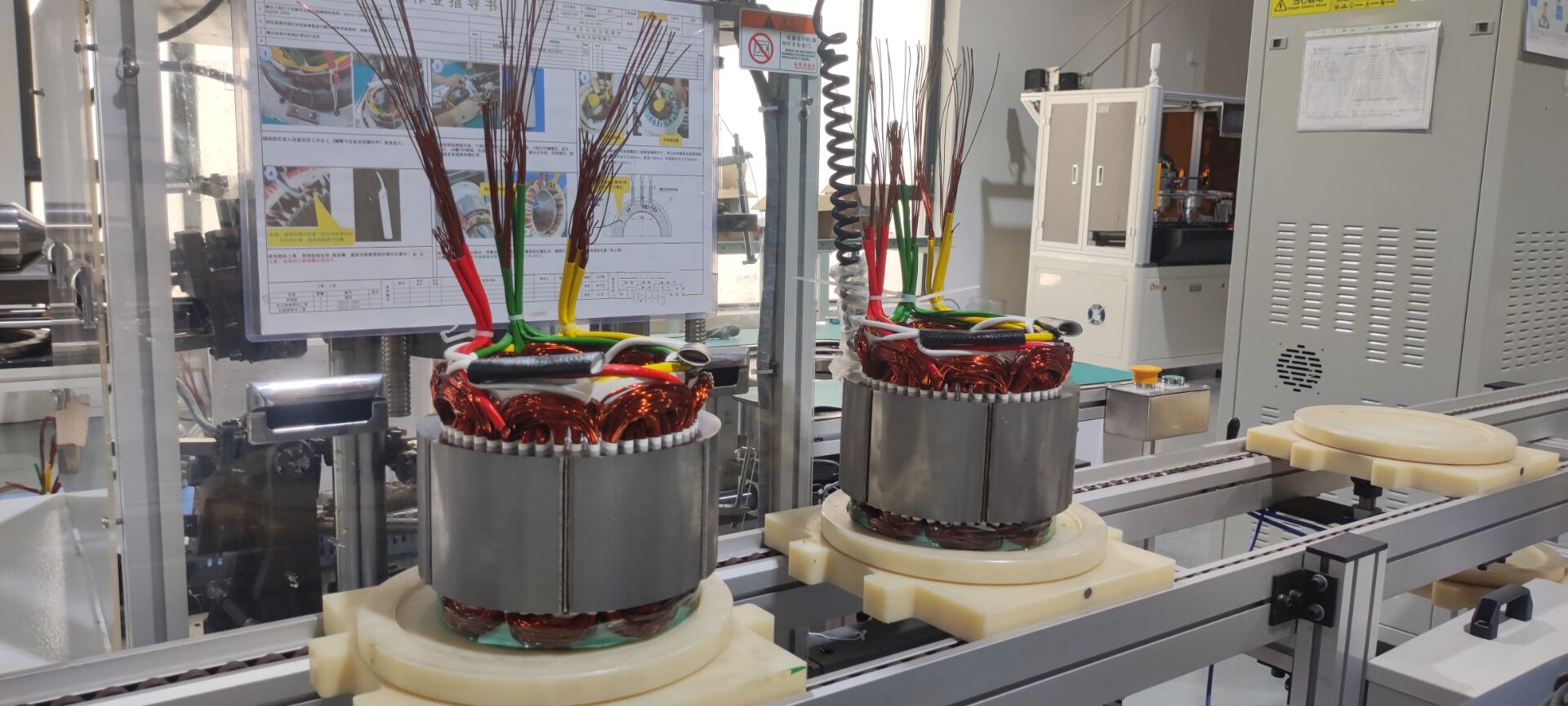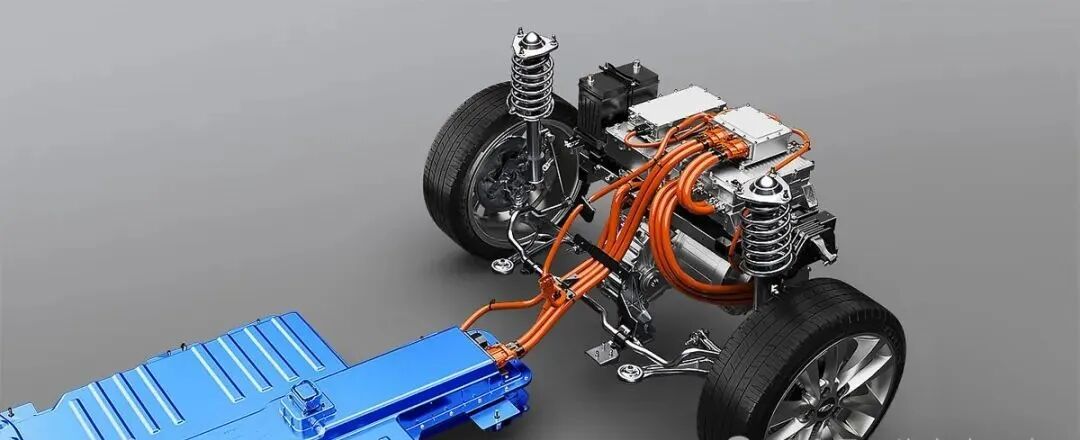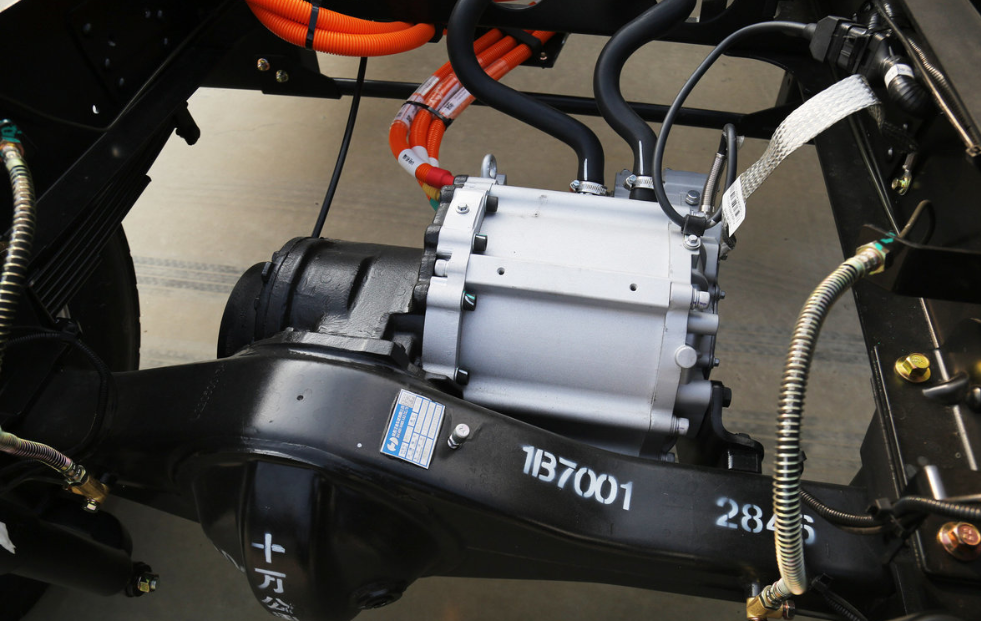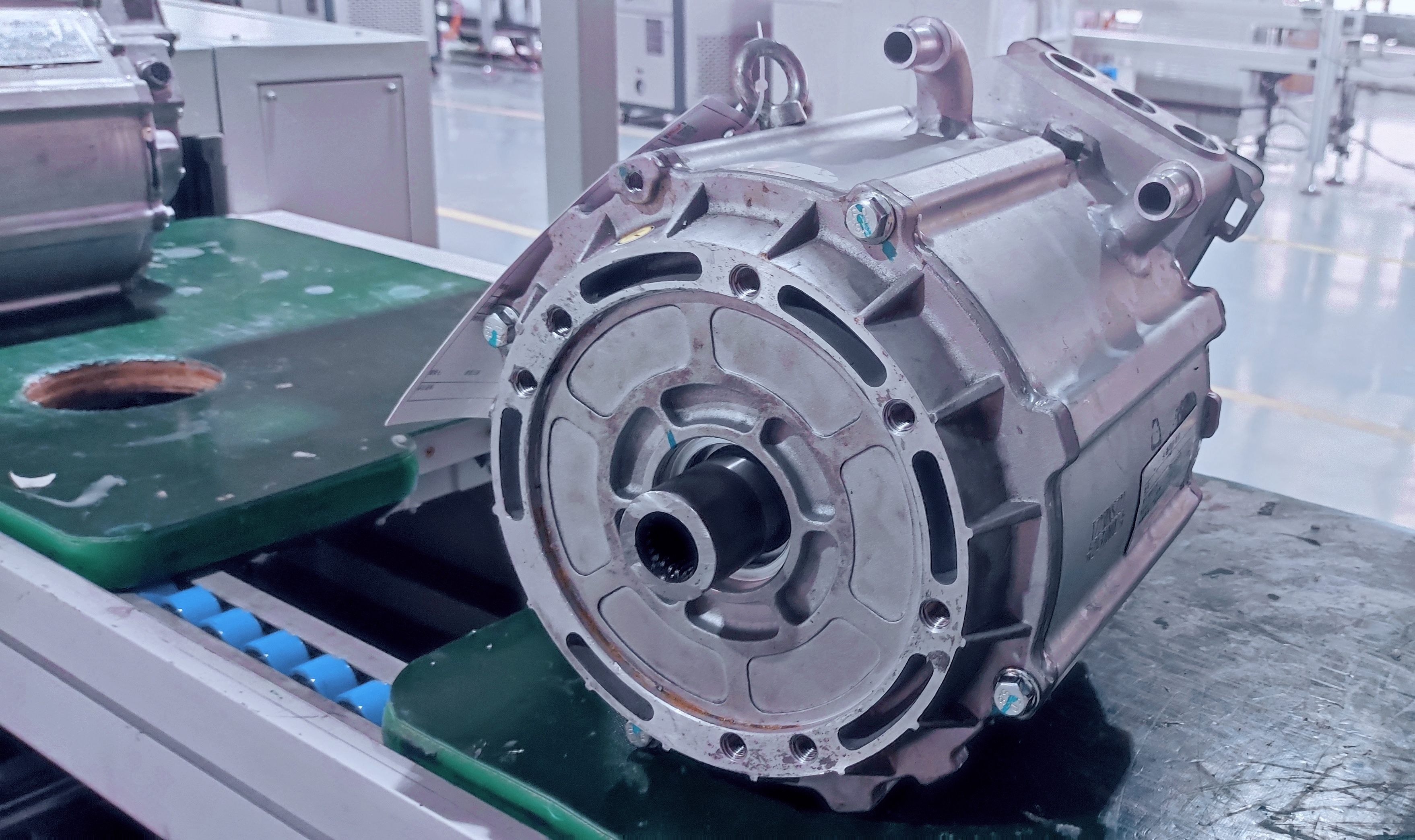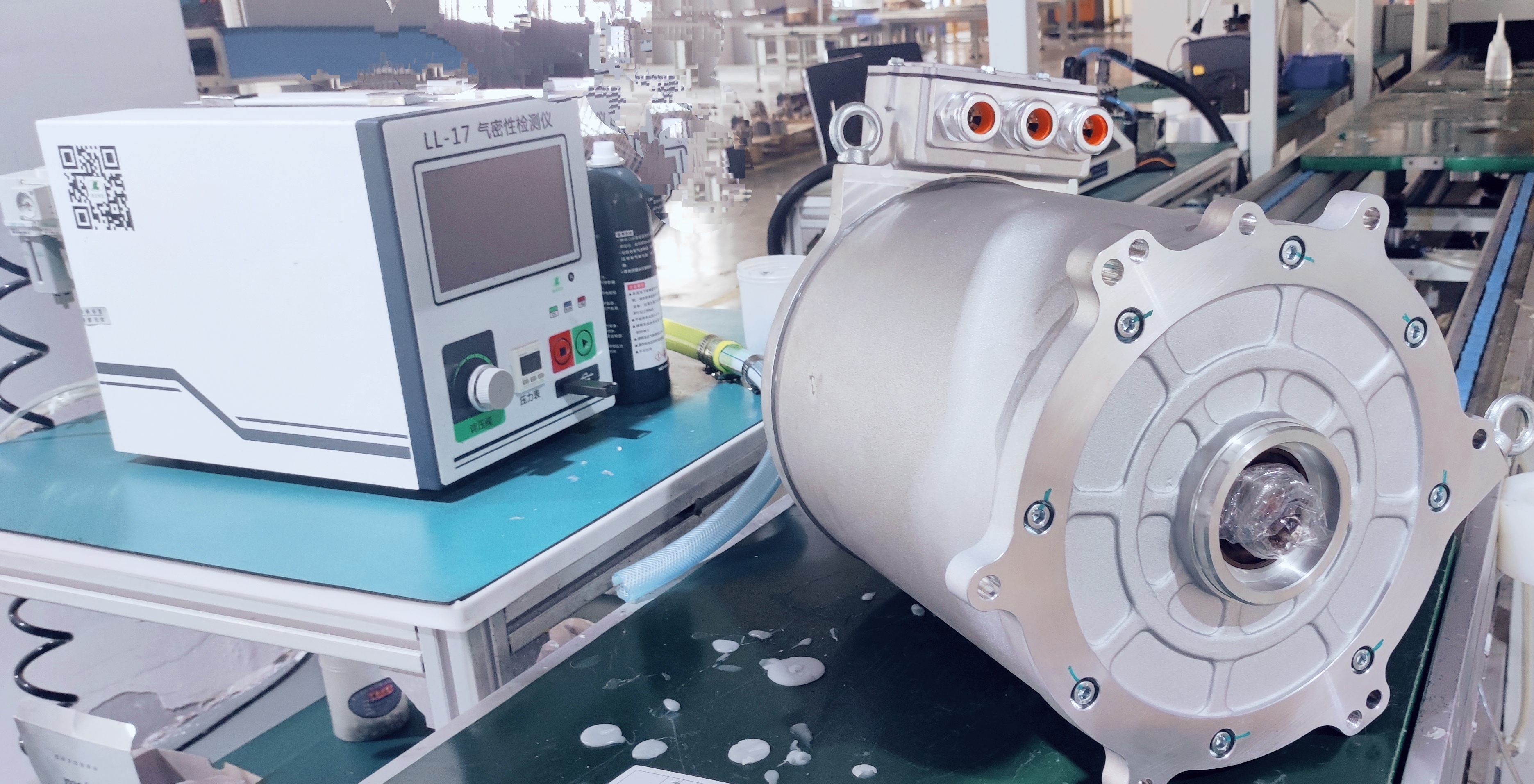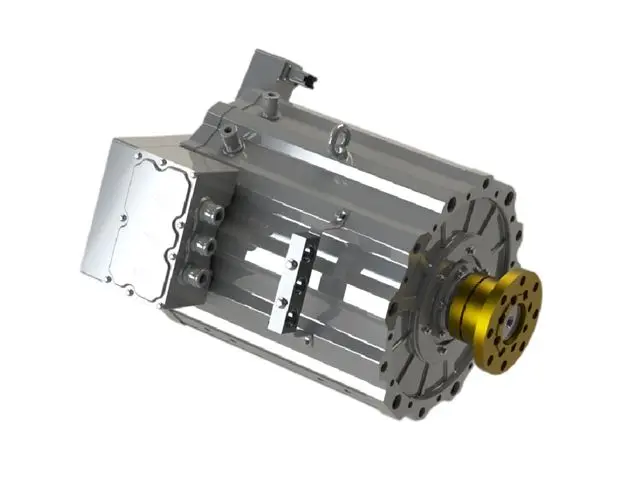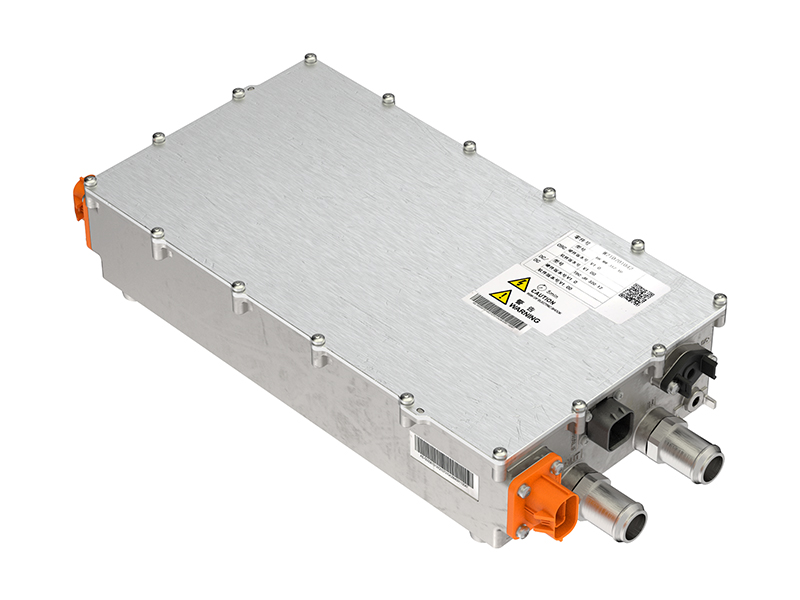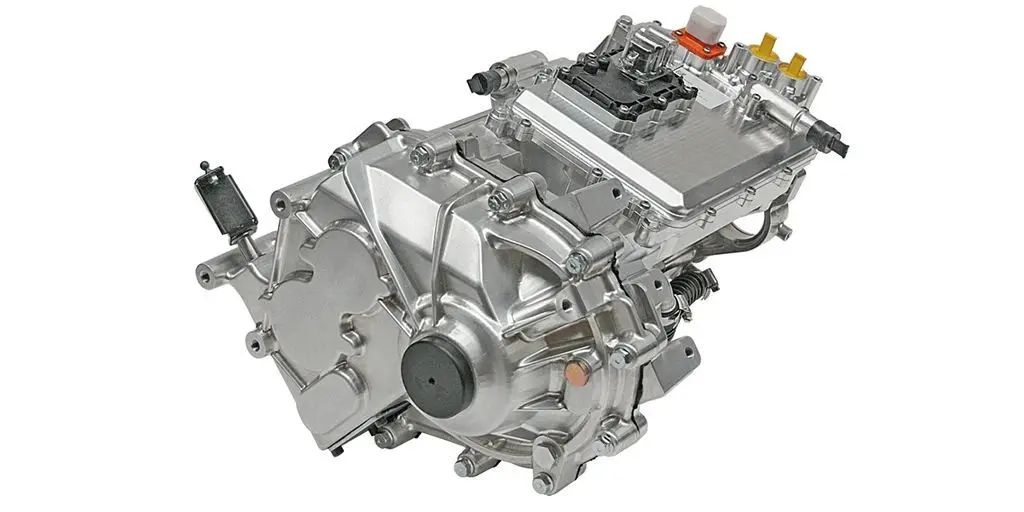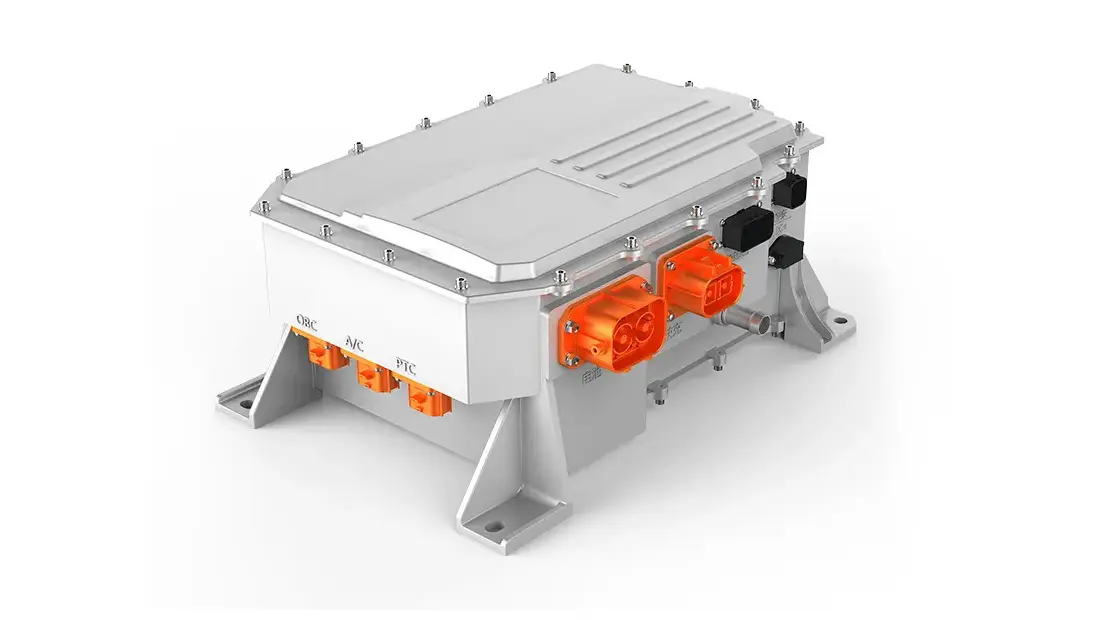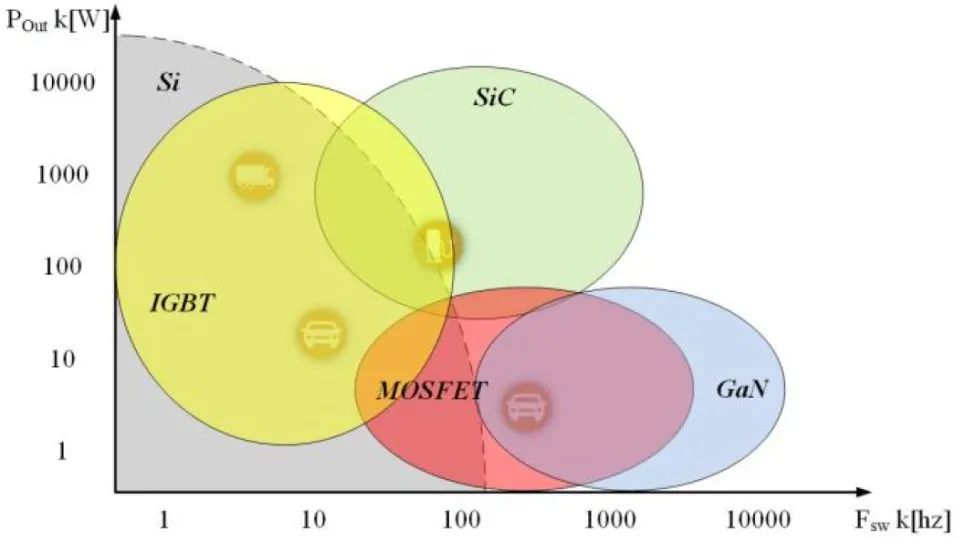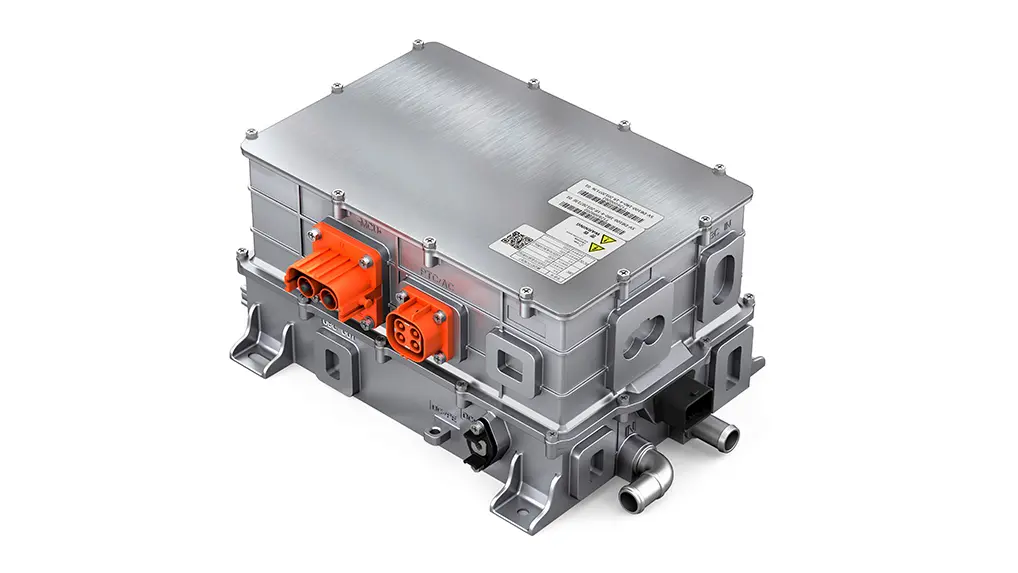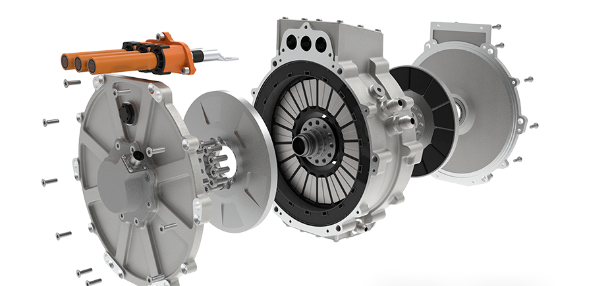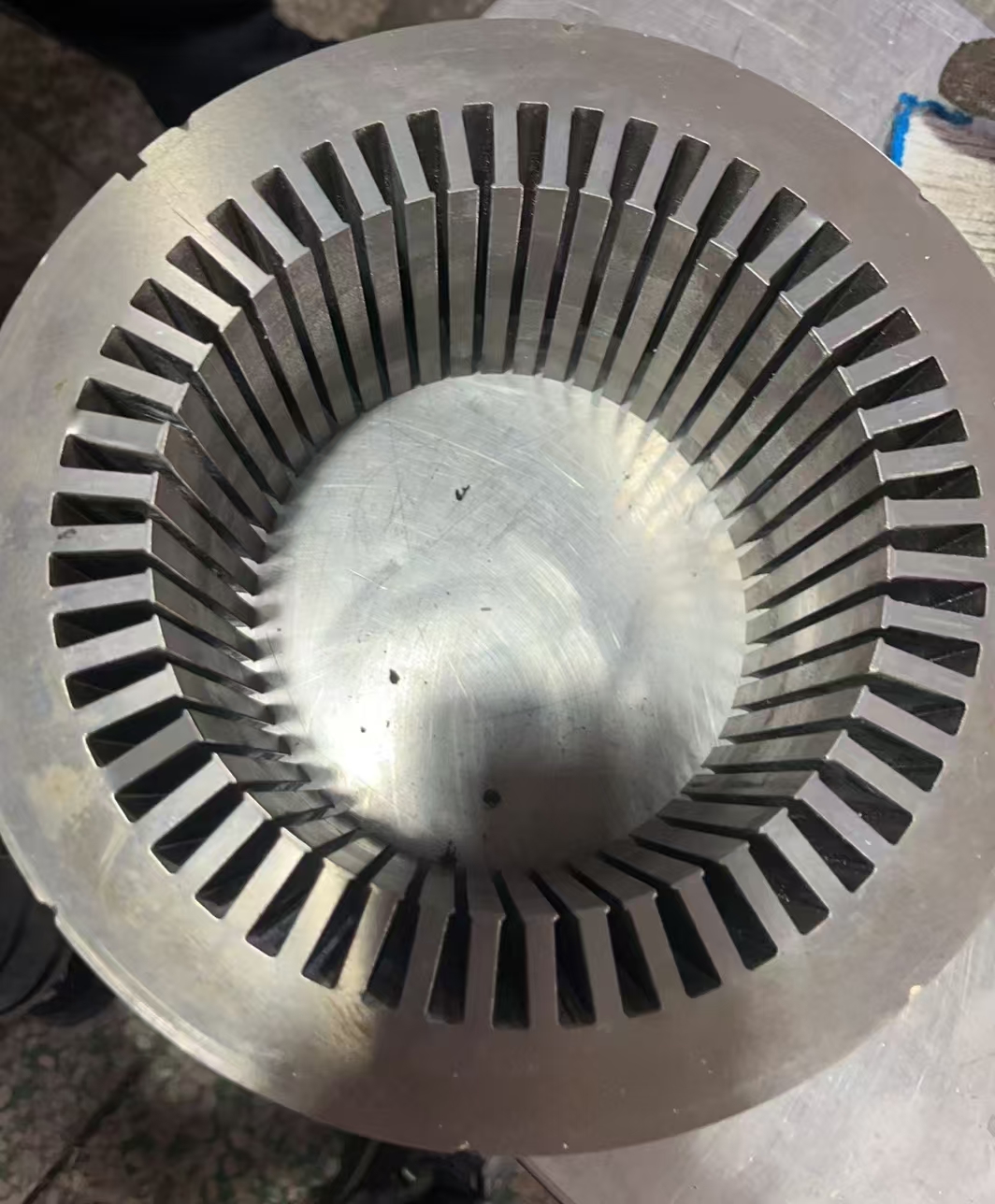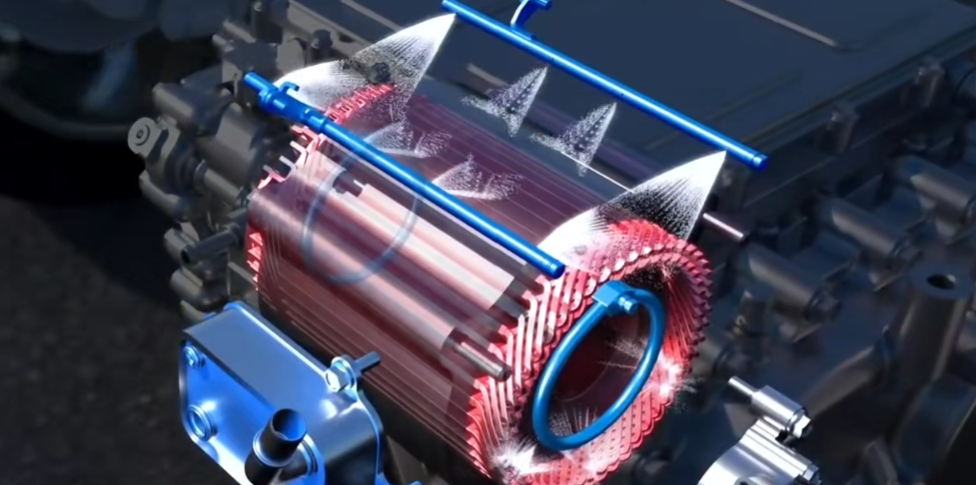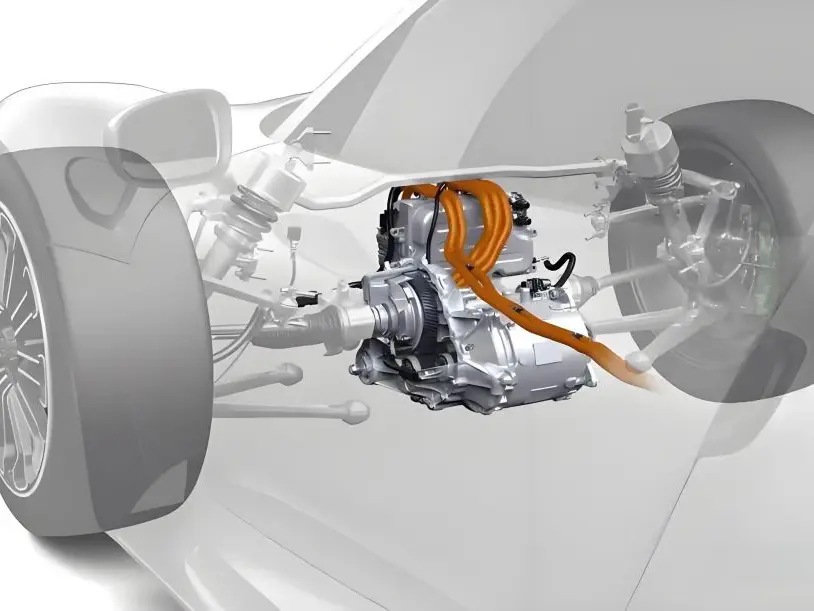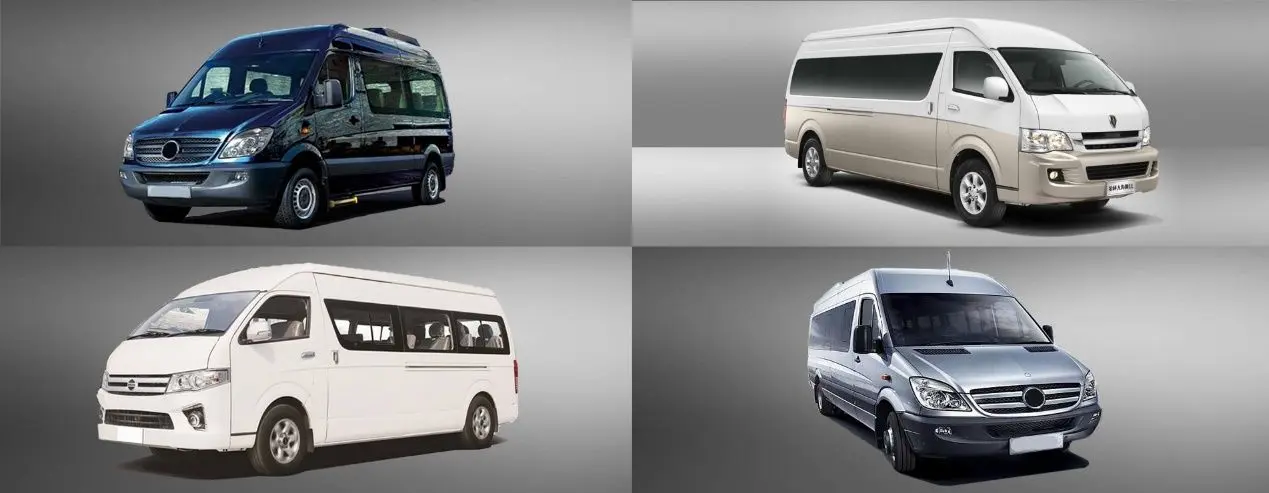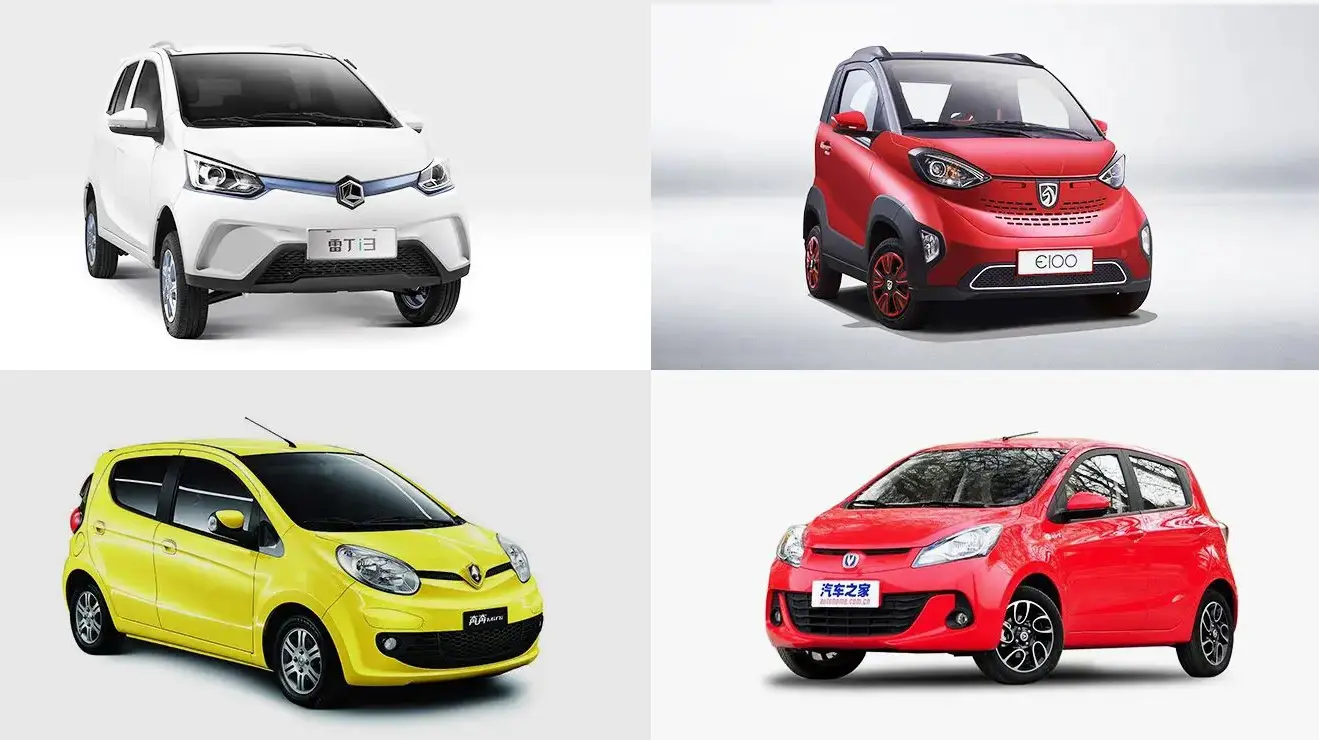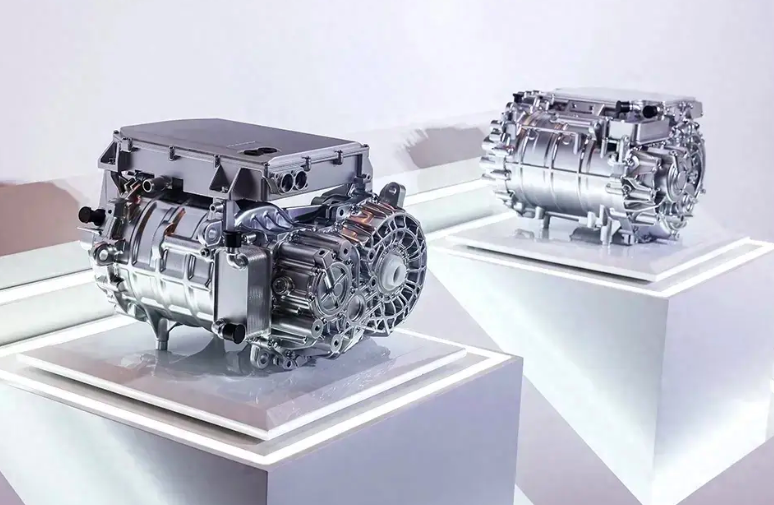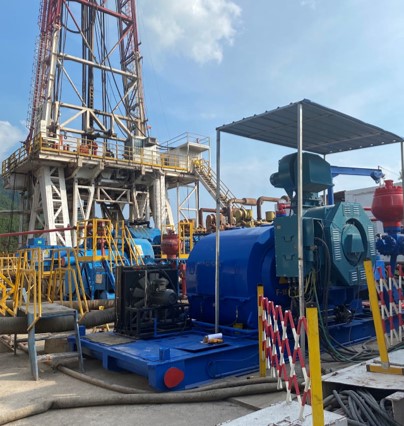Exploring the Key Components and Advantages of Electric Vehicle Motors
1.Introduction
The global automotive industry is undergoing a profound transformation driven by technological innovation, environmental concerns, and evolving consumer preferences. At the heart of this revolution is the electric vehicle (EV), which represents a cleaner, more efficient, and technologically advanced mode of transportation. Among the many components that define an electric vehicle, the electric motor stands as one of the most critical.
Electric vehicle motors convert electrical energy into mechanical energy to power the wheels, making them the driving force—both literally and figuratively—behind EVs. Understanding how these motors work, what components they consist of, and the benefits they offer is essential for grasping the future direction of mobility.
In this article, we will explore the key components and working principles of EV motors, their performance and efficiency factors, the advantages they bring over internal combustion engines (ICE), innovations in electric motor technology, and the challenges manufacturers face as they refine this technology.
2.Understanding Electric Vehicle Motors
Electric vehicle motors are electromechanical devices that drive the vehicle using electric energy stored in batteries. Unlike traditional vehicles that rely on internal combustion engines, EVs use electric motors to achieve propulsion. These motors are fundamental to the operation, performance, and efficiency of EVs.
Types of Electric Motors Used in EVs
Several types of electric motors are used in electric vehicles, including:
- DC (Direct Current) Motors: These are relatively simple and inexpensive but less efficient and more maintenance-intensive. They are rarely used in modern EVs.
- Brushless DC Motors (BLDC): These are more efficient and durable, with no brushes to wear out. Common in electric scooters and some hybrid EVs.
- Induction Motors (Asynchronous Motors): Developed by Nikola Tesla, induction motors are widely used by Tesla Motors. They are robust, reliable, and scalable.
- Permanent Magnet Synchronous Motors (PMSM): Known for high efficiency and power density, PMSMs are widely used in modern EVs due to their superior torque and compact size.
- Switched Reluctance Motors (SRM): These motors offer simple construction and high reliability but are less common due to noise and control complexity.
Core Components of EV Motors
Regardless of the type, most electric motors in EVs share several key components:
- Stator: The stationary part of the motor that contains coils of wire. When current passes through, it creates a magnetic field.
- Rotor: The rotating part inside the stator that turns the motor shaft and drives the wheels.
- Shaft: Transfers rotational energy to the drivetrain.
- Bearings: Reduce friction between the rotating and stationary components.
- Housing: The protective casing that keeps all internal components intact.
- Cooling System: Manages heat generated during operation to maintain efficiency and protect components.
3. Working Principles of EV Motors
At its core, the operation of an electric vehicle motor is based on electromagnetism—the interaction between electric current and magnetic fields to produce motion.
3.1 The Electromagnetic Interaction
When an electric current is passed through the stator windings, it creates a rotating magnetic field. This field interacts with the rotor, either inducing a current in it (as in induction motors) or attracting the rotor’s permanent magnets (as in PMSMs), causing the rotor to spin.
3.2 Regenerative Braking
One of the key features of EV motors is regenerative braking, where the motor functions in reverse as a generator. When the driver slows down or brakes, the motor captures kinetic energy and converts it back into electrical energy to recharge the battery. This increases overall energy efficiency and range.
3.3 Inverter Functionality
An essential component in EVs is the inverter, which converts DC power from the battery to AC power for the motor. It also controls motor speed and torque by varying the frequency and amplitude of the electric pulses sent to the motor.
4. Efficiency and Performance Factors
EV motors are lauded for their high energy efficiency and performance, making them superior in many ways to combustion engines.
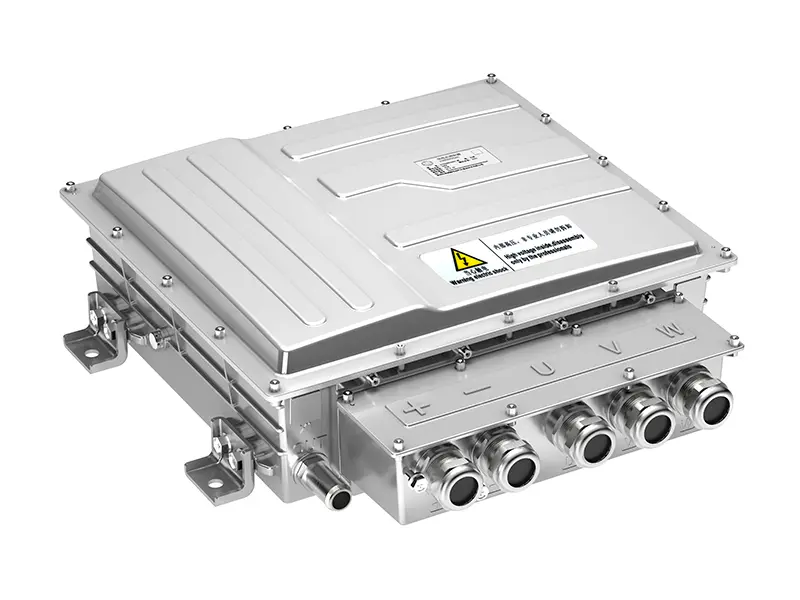
4.1 Energy Efficiency
Typical electric motors can achieve efficiency levels of 85–95%, compared to only 20–30% in traditional gasoline engines. Most of the battery's energy is directly used for motion rather than being lost as heat.
4.2 Instant Torque and Acceleration
Electric motors provide instant torque, which means EVs can accelerate rapidly from a standstill. This contributes to the smooth and responsive driving experience that many EV owners appreciate.
4.3 Noise and Vibration
EV motors operate with minimal noise and vibration, enhancing driver comfort. The absence of explosions and mechanical noise from an ICE leads to a quieter cabin.
4.4 Cooling and Thermal Management
Maintaining optimal motor temperature is essential for performance and longevity. EVs use liquid or air-based cooling systems to manage motor heat, especially during high-load conditions such as towing or hill climbing.
5. Advantages of Electric Vehicle Motors
Electric motors provide several distinct advantages over internal combustion engines:
5.1 Environmental Benefits
l Zero Tailpipe Emissions: EV motors produce no direct CO₂or pollutant emissions, helping reduce urban air pollution and greenhouse gases.
l Energy Source Flexibility: Electricity can be sourced from renewable energy, making EVs more sustainable.
5.2 Cost and Maintenance Benefits
l Lower Operating Costs: Electricity is typically cheaper than gasoline per mile driven.
l Fewer Moving Parts: EV motors have far fewer moving parts than ICEs, reducing the potential for mechanical failure.
l Lower Maintenance Requirements: No oil changes, fuel filters, or exhaust systems, leading to lower overall service costs.
5.3 Performance Benefits
l Better Acceleration: Instant torque provides faster, smoother acceleration.
l Improved Traction Control: Precise torque control allows better management of wheel spin and stability.
l Enhanced Drive Experience: Quieter, smoother ride with responsive handling.
5.4 Regenerative Braking
This allows EVs to recover energy during deceleration, improving overall energy efficiency and extending driving range.
6. Innovations in Electric Motor Technology
As EV adoption grows, manufacturers and researchers are pushing the boundaries of electric motor technology to improve performance, efficiency, and scalability.
6.1 Axial Flux Motors
Unlike traditional radial flux motors, axial flux motors are thinner, lighter, and offer better power density. Companies like YASA and Daimler are investing heavily in this technology.
6.2 Integrated Motor-Drive Systems
To reduce weight and complexity, EVs are moving towards integrated systems that combine the motor, inverter, and transmission into a single compact unit.
6.3 Wireless Charging Integration
Some motor designs are being optimized for compatibility with wireless inductive charging systems, allowing vehicles to recharge without cables.
6.4 Use of Advanced Materials
High-performance magnets, such as neodymium-iron-boron, and advanced cooling systems improve motor efficiency and reduce size.
6.5 Software and AI Enhancements
Motor control systems are increasingly using AI and machine learning to optimize energy usage, predict maintenance needs, and adapt to driver behavior.
7. Challenges and Considerations
Despite the advantages, electric motors and the systems they are part of face several challenges that must be addressed:
7.1 Raw Material Supply
EV motors, especially those using permanent magnets, rely on rare earth elements like neodymium and dysprosium. These materials are costly, limited in supply, and often sourced from geopolitically sensitive regions.
7.2 Thermal Management
As power output increases, managing motor heat becomes critical. Advanced cooling systems add complexity and cost.
7.3 Recycling and Sustainability
Electric motors need to be designed for end-of-life recycling, including reclaiming valuable materials from magnets and coils.
7.4 Cost
High-efficiency motors and rare materials increase production costs. Although prices are falling due to economies of scale, upfront costs remain a barrier for some consumers.
7.5 Motor Noise at High Speeds
Though generally quieter, high-frequency motor noise can be an issue at highway speeds, requiring additional insulation and acoustic engineering.
7.6 Magnetic Interference
High-powered motors can create electromagnetic interference, which can affect nearby electronics if not properly shielded.
8. Conclusion
Electric vehicle motors are more than just a technological innovation—they are the beating heart of a new era in transportation. By delivering high efficiency, environmental sustainability, and superior performance, these motors have made electric vehicles not only viable but also desirable for mainstream consumers.
From their core components like stators and rotors to advanced innovations like axial flux designs and AI-based control systems, EV motors continue to evolve rapidly. While challenges related to raw materials, thermal management, and cost remain, the pace of progress suggests these hurdles are surmountable.
As automakers, researchers, and policymakers continue to support electric mobility, the motor technologies that power EVs will play an increasingly central role in shaping a cleaner, smarter, and more sustainable future. Understanding their workings and advantages is essential not just for engineers and enthusiasts but for anyone interested in the road ahead.









